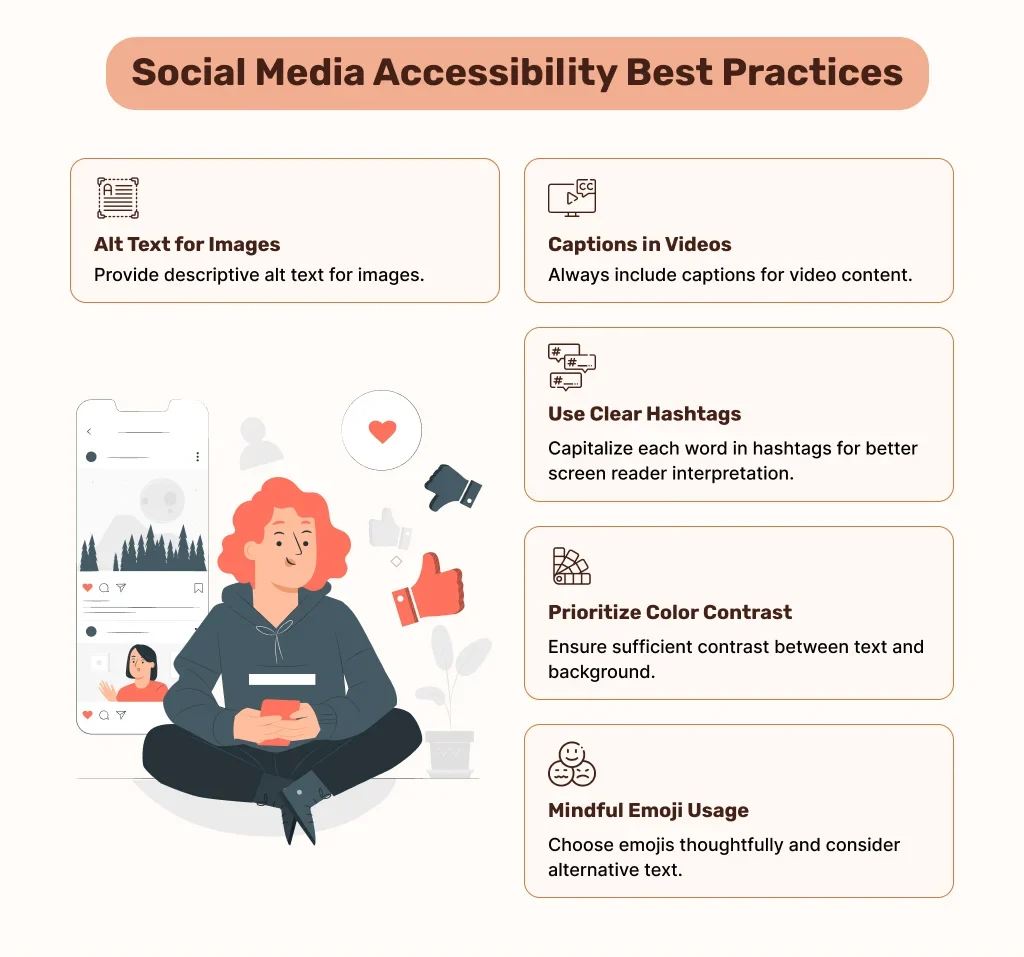Social Media Accessibility Guide for Canadians |Tips 2024|
Social media has become an integral part of modern communication, connecting people, brands, and organizations across Canada. However, its visual and auditory nature can present challenges for individuals with disabilities, making online experiences exclusive rather than inclusive. In a country that prioritizes accessibility, it’s crucial that social media platforms and the content uploaded onto them meet the necessary standards to ensure the online world is accessible to all. This guide is tailored to Canadians, emphasizing the importance of social media accessibility, providing practical tips, and sharing stories of success in implementing inclusive social media practices.






